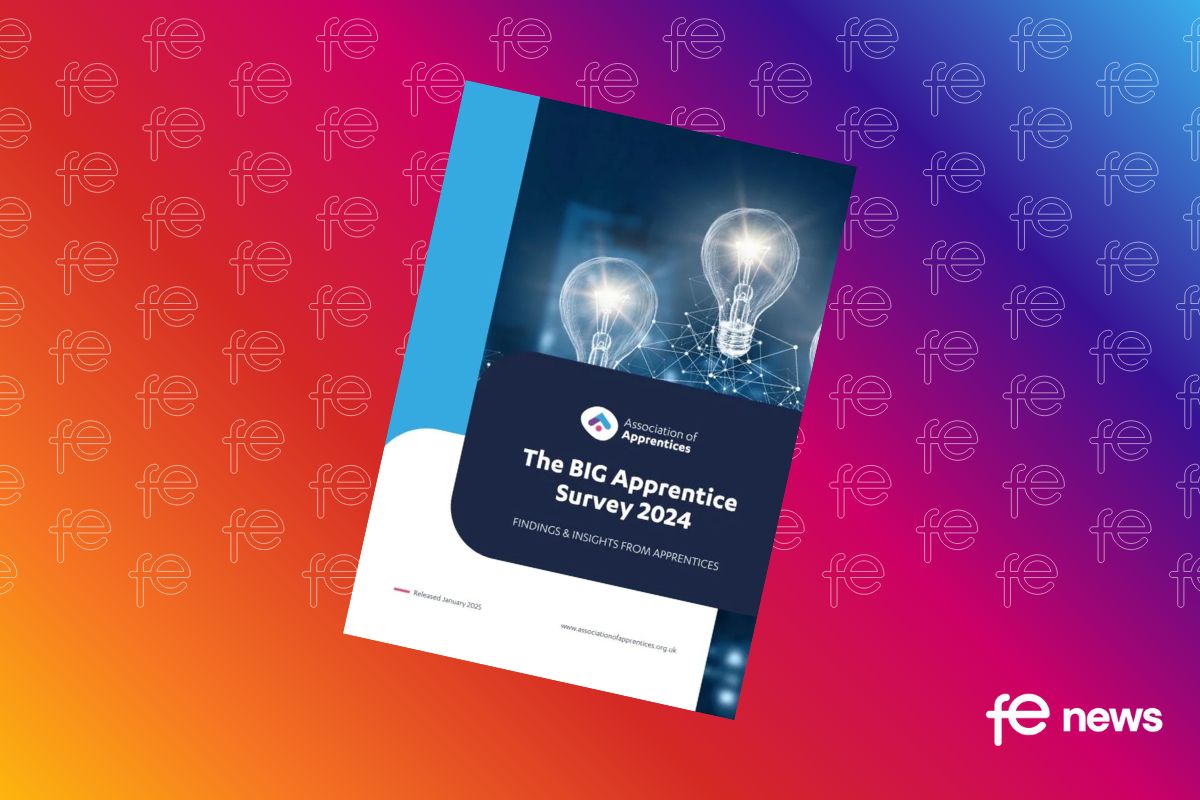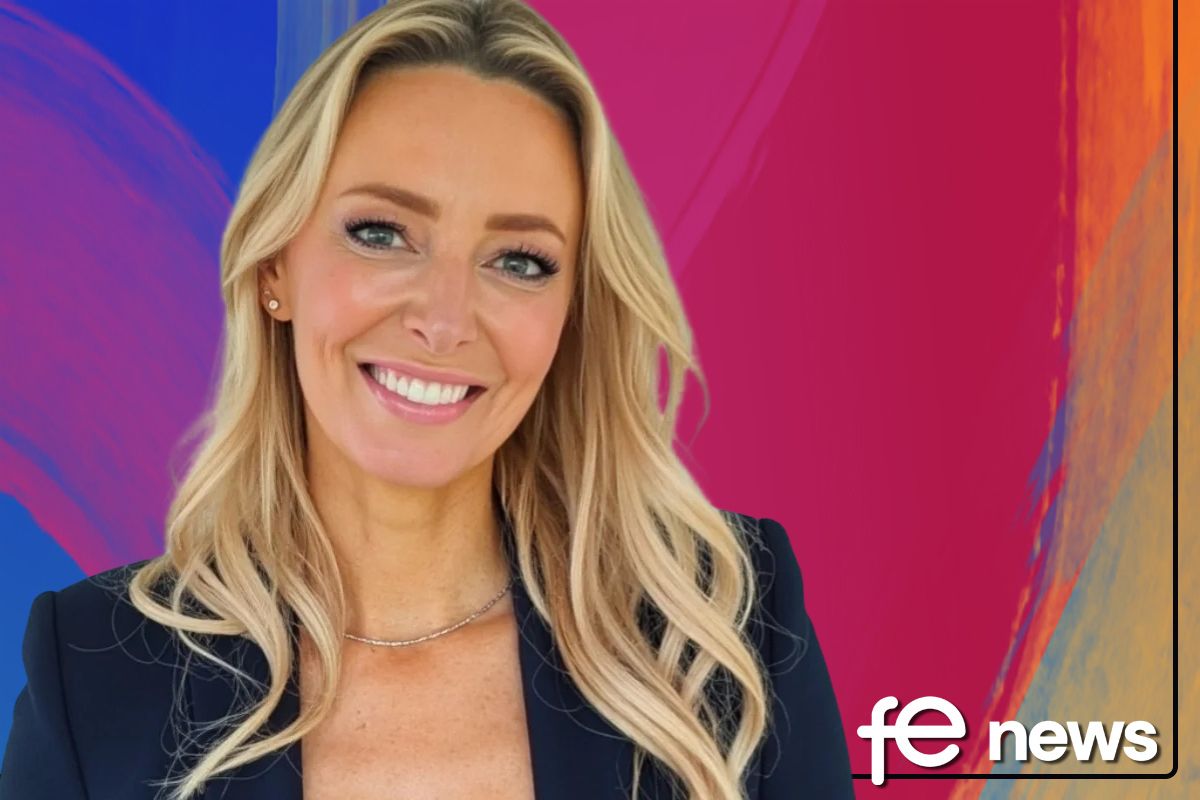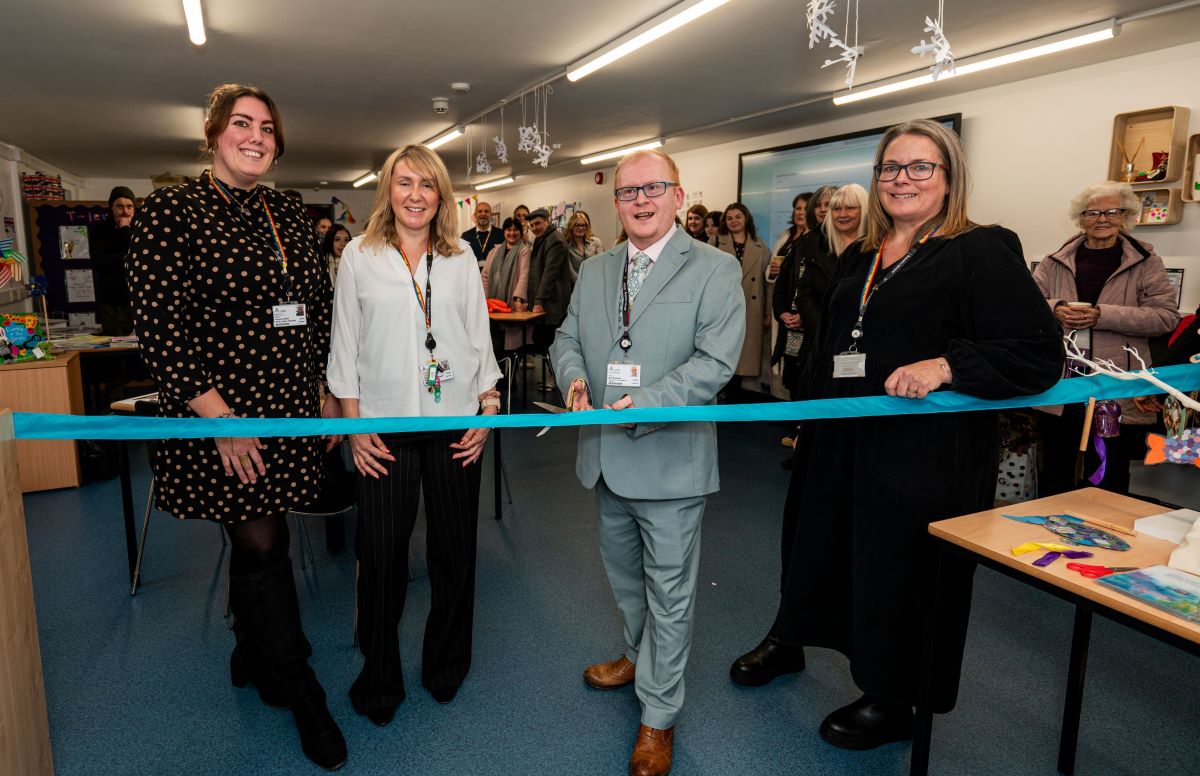Initial teacher training: trainee number census 2021 to 2022

Today [Thursday 2 December] the Department for Education (DfE) has published the latest initial teacher training (ITT) numbers for England for the academic year 2021 to 2022.
The new DfE figures show that the significant rise in teacher training numbers boosted by the pandemic has now passed, with teacher recruitment now closer to pre-pandemic levels.
Responding to the new ITT figures, James Zuccollo, Director for School Workforce at the Education Policy Institute (EPI), said:
“Today’s figures show that the huge rise in teacher training numbers seen in the 2020/2021 school year driven by the covid-induced recession has now subsided.
“Historical trends tell us that when the economic picture of a country improves, fewer graduates are likely to go into teaching, but the speed of the national recovery and improvement of the wider UK labour market have meant that this drop-off in teacher recruitment numbers has occurred much more suddenly than expected.
“While there have been some improvements, recruitment problems remain most severe in shortage subjects like physics, chemistry, maths, and modern languages. Increasing teachers’ starting salaries remains the most promising approach to quickly improving this outlook. The government has committed to boosting starting salaries, but this has been delayed.
“Despite these recruitment challenges, it’s very positive to see that the proportion of new teachers from ethnic minority backgrounds has continued to improve, up to 21% from 19% last year.
“Looking at the wider teacher supply picture, when it comes to the retention of existing teachers, we have seen a slightly different picture. Teacher retention was also boosted by the pandemic last year, but unlike recruitment, retention has been sustained and we expect this to continue for another year.
“This may give the government a window of opportunity to act, to keep hold of these existing teachers before they consider other professions as the economy continues to improve. Policies that provide financial incentives to those who entered the teaching profession during the pandemic will therefore be essential to preventing an exodus.”

Kevin Courtney, Joint General Secretary of the National Education Union, said:
“Successive Conservative governments have fallen short of their own teacher training targets year on year. 2021 is no different. Targets for secondary were met in 2020 but this turns out to have been just a pandemic effect: today’s figures are even worse than 2019. Subject shortages stubbornly continue, particularly physics but also maths, geography, modern foreign languages and computing. We need to recruit an extra 18,682 teachers to restore the pupil:qualified-teacher ratio to its 2015 level. By 2025, secondary pupil numbers are expected to increase by 5% and secondary class-sizes are rising rapidly. These pressure points cannot be ignored for much longer.
“The government will congratulate itself on reaching ITT recruitment targets for primary when it is only the pandemic that has done this, not the government’s policies. This will be a very short-lived comfort if retention is not urgently addressed.
“It is hard to see how the numbers will rally as the economy recovers from Covid, if not simply irrational to believe that an inflexible government clinging to the same education and economic policies will suddenly inspire a wave of new recruits to teaching.
“The government has got to look seriously at both recruitment and retention, which remain huge problems for our schools. To many onlookers considering teaching as a career the prospects have looked increasingly unattractive. Teaching is a great job, but the problems of high workload, excessive accountability and persistently under-inflation pay are driving staff out – many of them after only a couple of years in the job. This is not only a waste of taxpayers’ money, but a waste of talent.
“The role of government in depressed recruitment and poor retention is all too clear. They need to act on workload, for example by pulling Ofsted out of schools still struggling to recover from Covid. They also need to get real about pay. A £30,000 starting salary must come soon before its appeal is completely eroded by inflation. A commensurate pay rise to support staff and supply staff is also essential. The STRB must be given a completely free hand in the next pay review and we will be calling for an 8% pay rise, which must be fully funded by Treasury. If government truly values education, then it must also value educators.
“In short, pay has been driven down over the last decade and workload has been driven up. Until the Government addresses these two simple facts, recruitment and retention will remain a big issue.”

Geoff Barton, General Secretary of the Association of School and College Leaders, said:
“It is unfortunately no surprise that the government has missed its own targets for recruiting secondary school teachers.
“The improvement in recruitment last year was obviously due to the effect of the pandemic and the fact that graduates were seeking secure careers in a turbulent period.
“Unfortunately, the government then imposed a pay freeze on teachers, further exacerbating the erosion of salaries over the past decade, and making the profession less competitive in the jobs market.
“Combined with this is a decade of government underfunding of schools which has left teachers effectively doing more work for less pay in real terms.
“The impact is clear with very severe under-recruitment of trainee teachers in key subjects such as physics, computing, and modern foreign languages.
“We welcome the government’s commitment to raise starting salaries to £30,000 – though the pay freeze has delayed its implementation.
“But there needs to be an improvement in pay across the board to retain teachers, and pay awards must be fully funded by the government rather than falling on school budgets which cannot take any more pressure.”
Provisional recruitment to initial teacher training (ITT) programmes in England in the 2021 to 2022 training year, and 2021 to 2022 postgraduate ITT targets.
Applies to England
Documents
Initial teacher training: trainee number census 2021 to 2022
Details
This publication provides national and provider-level information about the numbers and characteristics of new entrants to initial teacher training (ITT) in England in the academic year 2021 to 2022 by training route and subject.
The publication includes statistics on the number of entrants to ITT and their:
- gender
- age
- declared ethnicity
- declared disability
- entry qualifications
- nationality
It also includes statistics on early years ITT and postgraduate ITT targets, by subject, for the 2021 to 2022 training year.











Responses